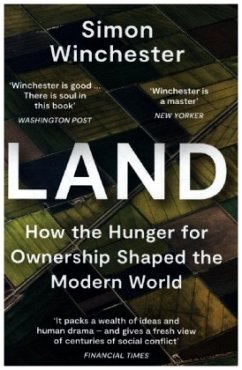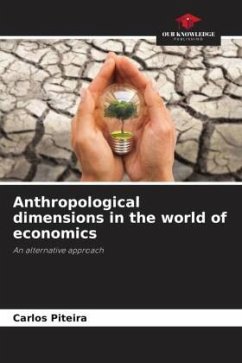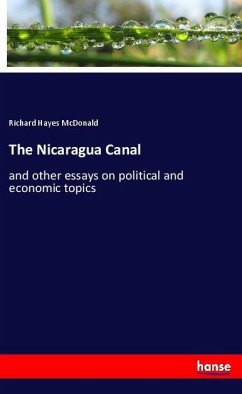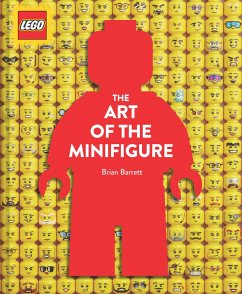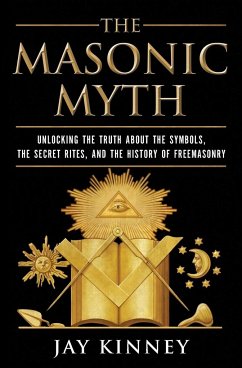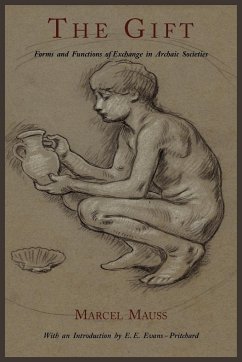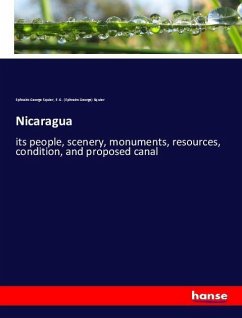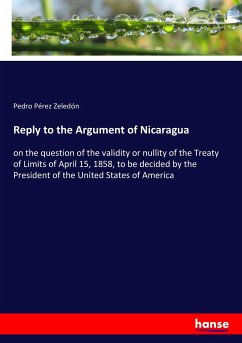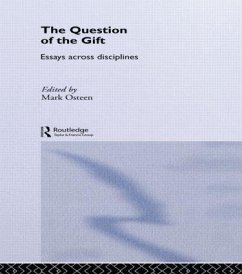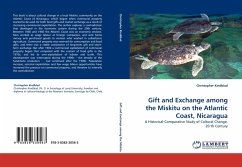
Gift and Exchange among the Miskitu on the Atlantic Coast, Nicaragua
A Historical-Comparative Study of Cultural Change, 20 th Century
Versandkostenfrei!
Versandfertig in 6-10 Tagen
52,99 €
inkl. MwSt.

PAYBACK Punkte
26 °P sammeln!
This book is about cultural change in a local Miskitu community on the Atlantic Coast of Nicaragua, which began when communal property started to be used for both food gifts and market exchange as a result of increasing commercial exploitation. The author explores a contradiction that developed in the economic system during the 20th century. Between 1860 and 1960 the Atlantic Coast was an economic enclave. Men worked as wage labour at foreign companies, and sent home money and purchased goods to women who worked in subsistence agriculture. Communal property was reserved for consumption and foo...
This book is about cultural change in a local Miskitu community on the Atlantic Coast of Nicaragua, which began when communal property started to be used for both food gifts and market exchange as a result of increasing commercial exploitation. The author explores a contradiction that developed in the economic system during the 20th century. Between 1860 and 1960 the Atlantic Coast was an economic enclave. Men worked as wage labour at foreign companies, and sent home money and purchased goods to women who worked in subsistence agriculture. Communal property was reserved for consumption and food gifts, and there was a stable coexistence of long-term gift and short-term exchange. But after 1960 a commercial exploitation of communal property began that competed with the custom of food gifts in the 1970s, and led to over-exploitation of lobster and turtle. This development was interrupted during the 1980s - the decade of the Sandinista revolution - , but continued after the 1990s. Population increase, external exploitation and few wage labour opportunities have increased the pressure on communal property, and threaten to intensify the contradiction.



